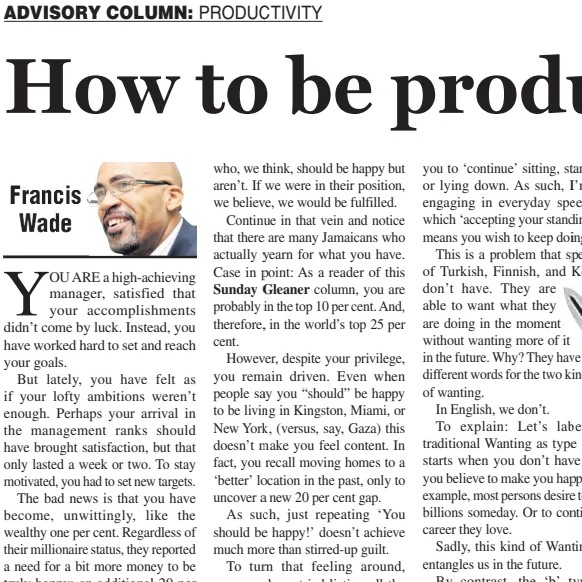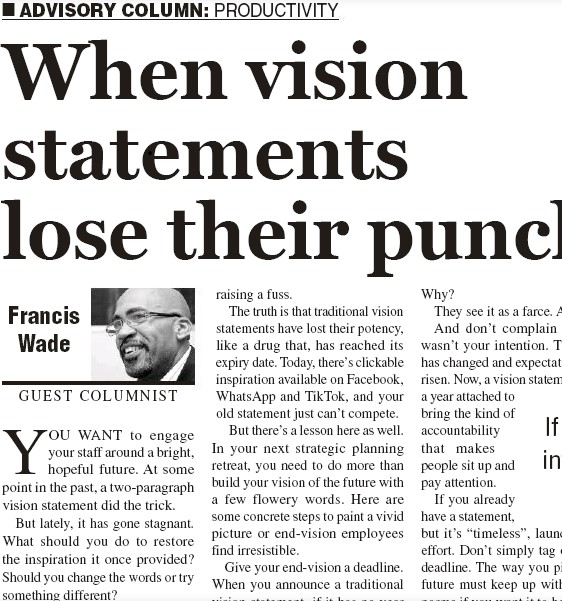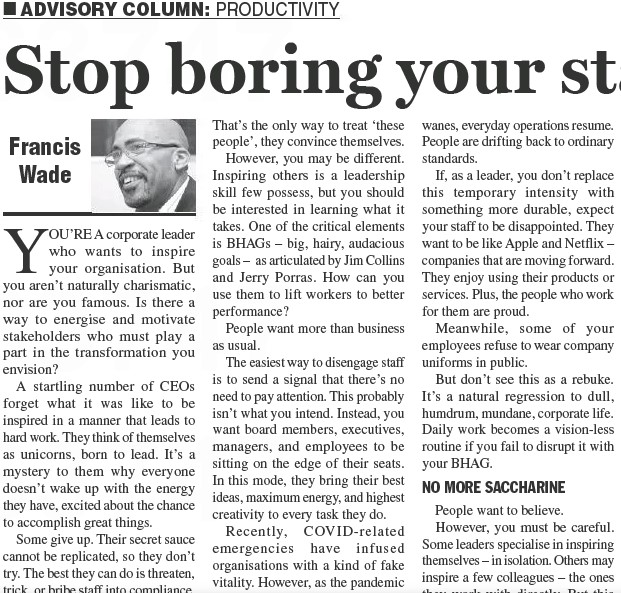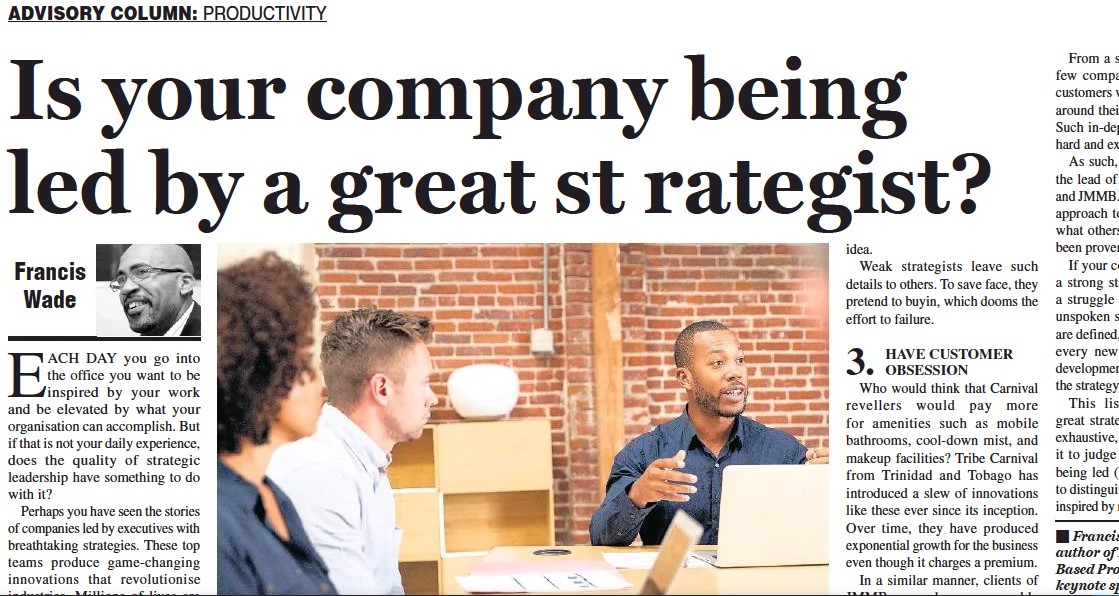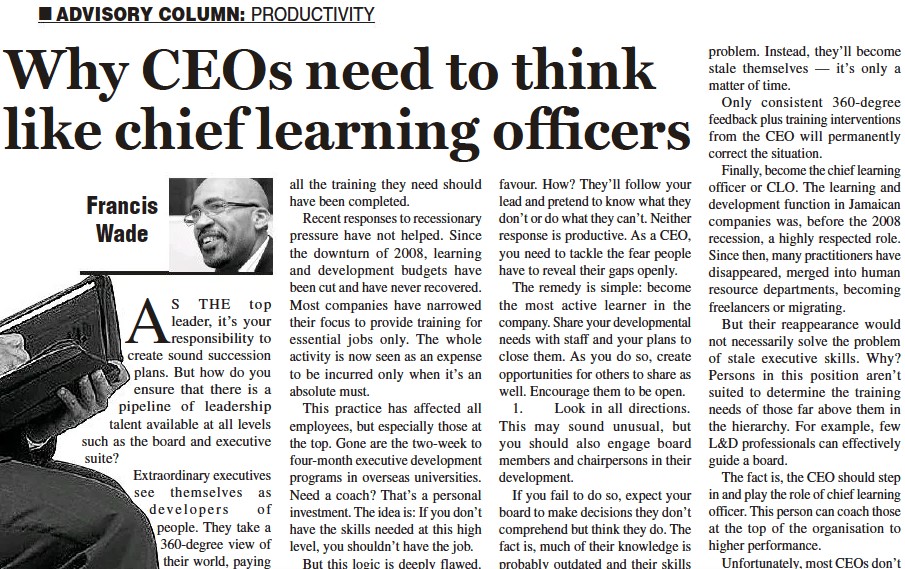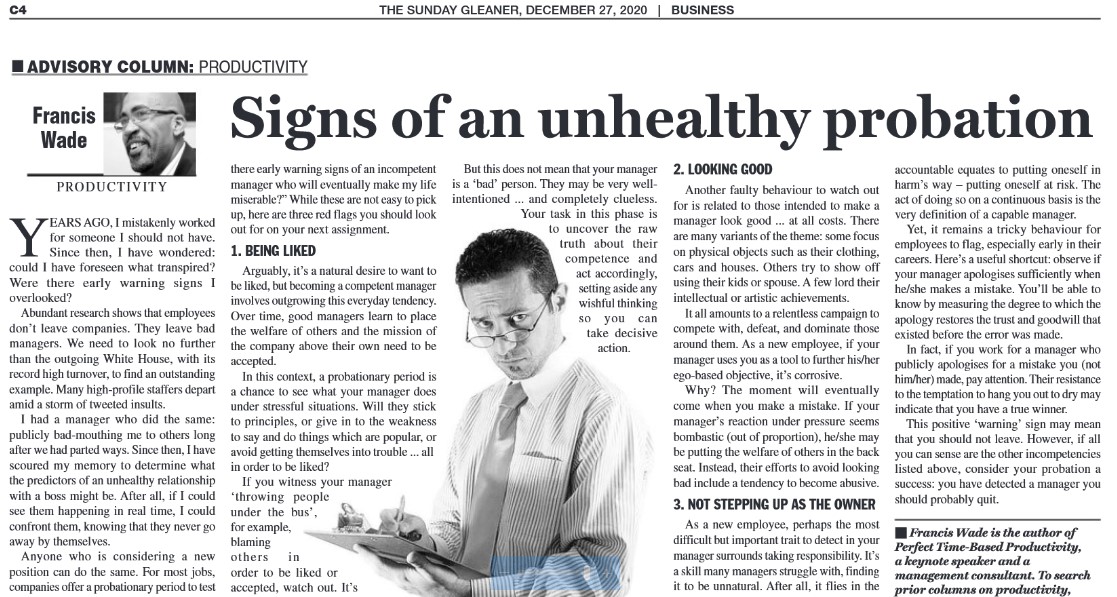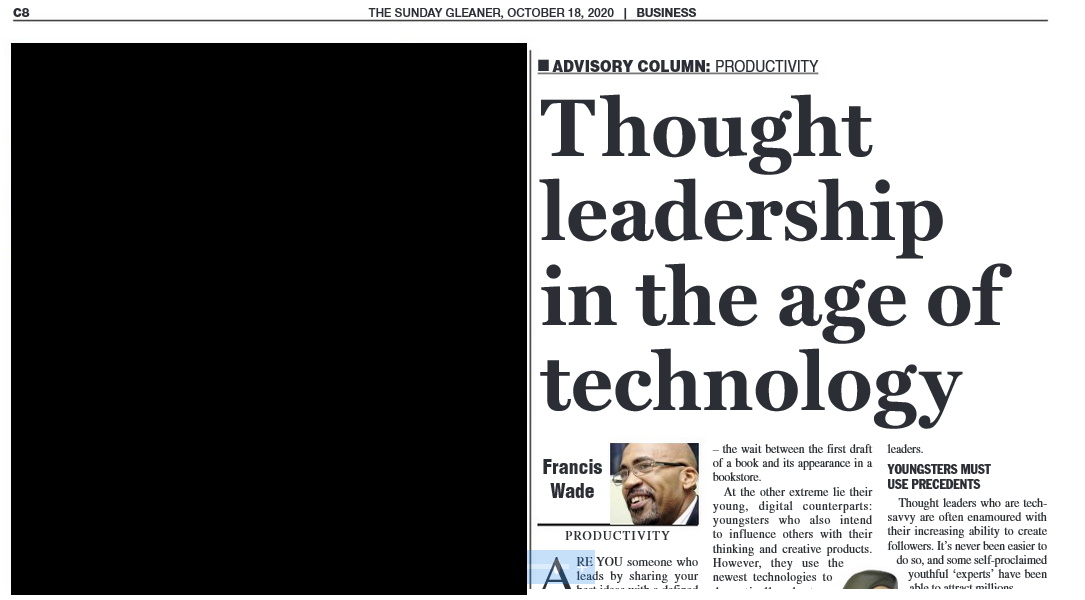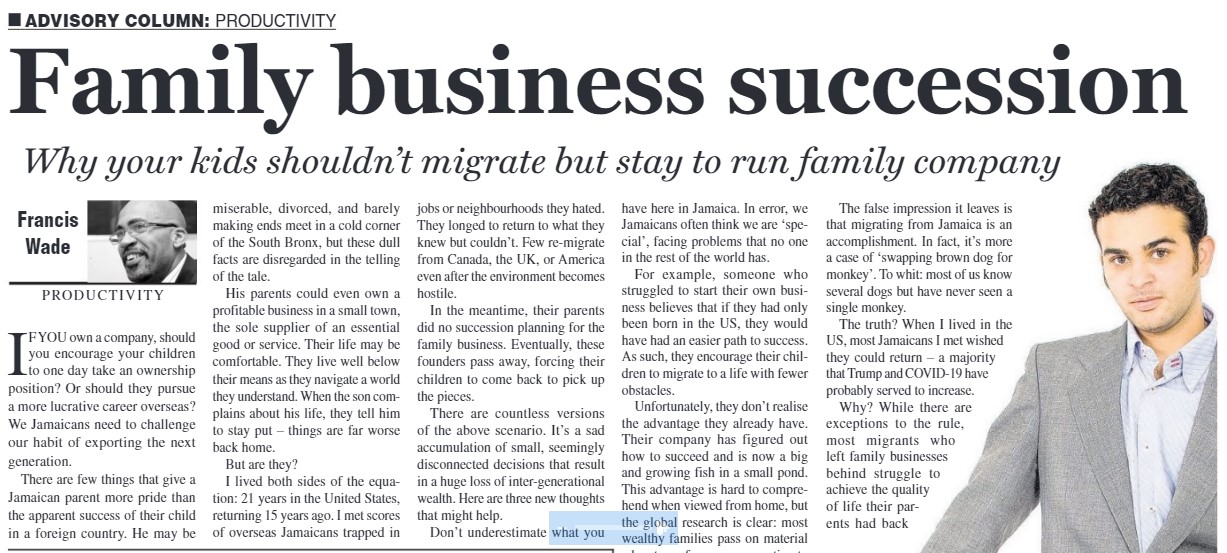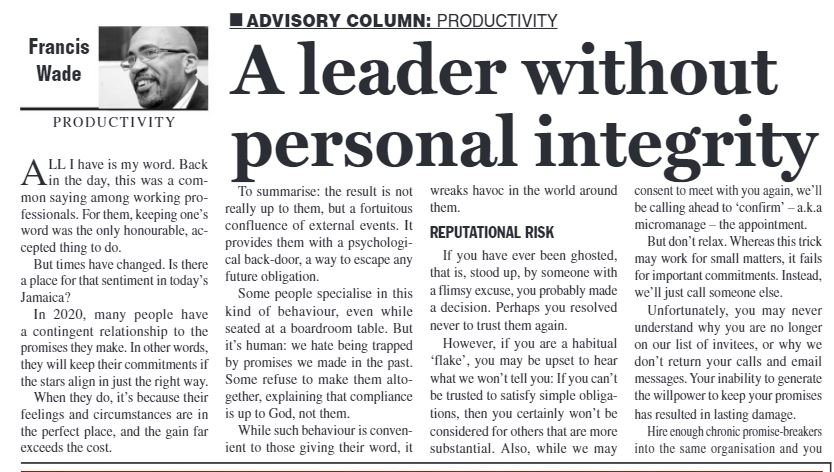As a high achiever, you likely gauge success by the scope of your accomplishments. Your career advancement, financial security, family growth or other goals are realized through diligent work and conscious effort. When you attain those tangible targets after years of strain and sacrifice, it validates your talents and grit.
Or so it seems initially. But in time, you may come to a sobering realization – hitting each milestone does not equate to an enduring sense of happiness or contentment. After each hard-won promotion, the thrill fades within weeks. Upon hitting your net worth targets, your appetite for more remains. Settling down with your dream partner or having kids fails to fully satisfy for long.
You find yourself needing to establish the next set of ambitions and goals once the euphoria of the last ones dissipates. It becomes an endless cycle of achievement followed by newly uncovered voids to fill. You chase the next rung up the ladder, hoping it will be the one to provide lasting fulfillment, once and for all. But it never does.
This phenomenon is perfectly encapsulated by insights into the psychology of the ultra-wealthy. In interviews, numerous billionaires admit that regardless of their princely bank balances, they do not feel truly carefree. Asked how much money it would take to make them happy, most respond “just 20% more.” Even those with more money than they could spend in a hundred lifetimes feel they require a bit more to be content.
Clearly, there are dangerous pitfalls in deriving your sense of happiness and accomplishment strictly from ambition. Yet modern society offers few viable alternatives. We feel frustration and dismay when our goals – whether career, finances, relationships or other benchmarks of “success” – are not attained on the expected timetables. If only we could get that promotion, save up enough to retire comfortably, find our soulmate or start a family, then we would be happy. Or so we tell ourselves.
Happiness as an Obligation
When voicing disappointment over missed goals or setbacks on the road to ambition, there is no shortage of well-meaning people willing to remind you that, “You should just be happy and grateful for all the blessings in your life!” They will recite all the accomplishments you’ve achieved, the comforts and security you possess, the people that care for you and advantages you were lucky enough to be born with. Just be content with what you have, they insist.
But simply telling someone they should derive happiness from their existing circumstances is rarely effective beyond temporary lip-service gratitude. It also implies there is something wrong with you for not being perfectly content and cheerful at all times, regardless of setbacks. This just reinforces unrealistic expectations of constant joy.
Yes, cultivating gratitude and perspective around what we already have can be highly beneficial. But this is most effective as an intentional, proactive exercise, not a passive obligation. The path to genuine fulfillment requires examining our relationship with ambition itself. It means understanding the neurological roots of concepts like greed, desire, and suffering. This enables consciously shaping habits and mindsets rather than being controlled by them unconsciously.
Two Modes of Wanting
An enlightening distinction made by some languages is between two different forms of “wanting” things. In English, we use the same term to convey both varieties. However, they represent distinct neurological states:
Wanting (a) refers to craving continuation or permanence of positive conditions and experiences. It manifests as ambition, greed, lust, attachment, or addiction. There is an insatiable quality, where fulfillment is always contingent on something not yet obtained. This ties your happiness to external conditions and goals not under your control in the present.
Wanting (b) means embracing and appreciating the positive elements of your reality in the moment, without requiring them to persist indefinitely. Think of deeply savoring an ice cream cone without any expectation or need to continue eating it forever. Or admiring a beautiful sunset without wishing it would never end. No attachment to continuity – simply gratitude for the gift of this ephemeral experience.
Practicing Intentional Wanting
Wanting (a) has its place in moderation. Ambition provides forward momentum and drive. But problems arise when Wanting (a) becomes excessive and grids out Wanting (b). Every positive experience gets taken for granted or leaves you needing more.
Companies often leverage Wanting (b) during strategy sessions. Teams accept current weaknesses in the business to diagnose issues before working to change course. But individuals have difficulty applying Wanting (b) to appreciate life conditions in the present.
The next article will explore daily practices that strengthen your capacity for Wanting (b). This helps short-circuit the dissatisfaction loop of unending ambition and anchors you in gratitude. By consciously focusing Wanting (a) only on select priorities, you gain control over your happiness. Your contentment then stems from within, not hostage to external conditions. This inner footing provides the stable base to sustainably grow and evolve.

